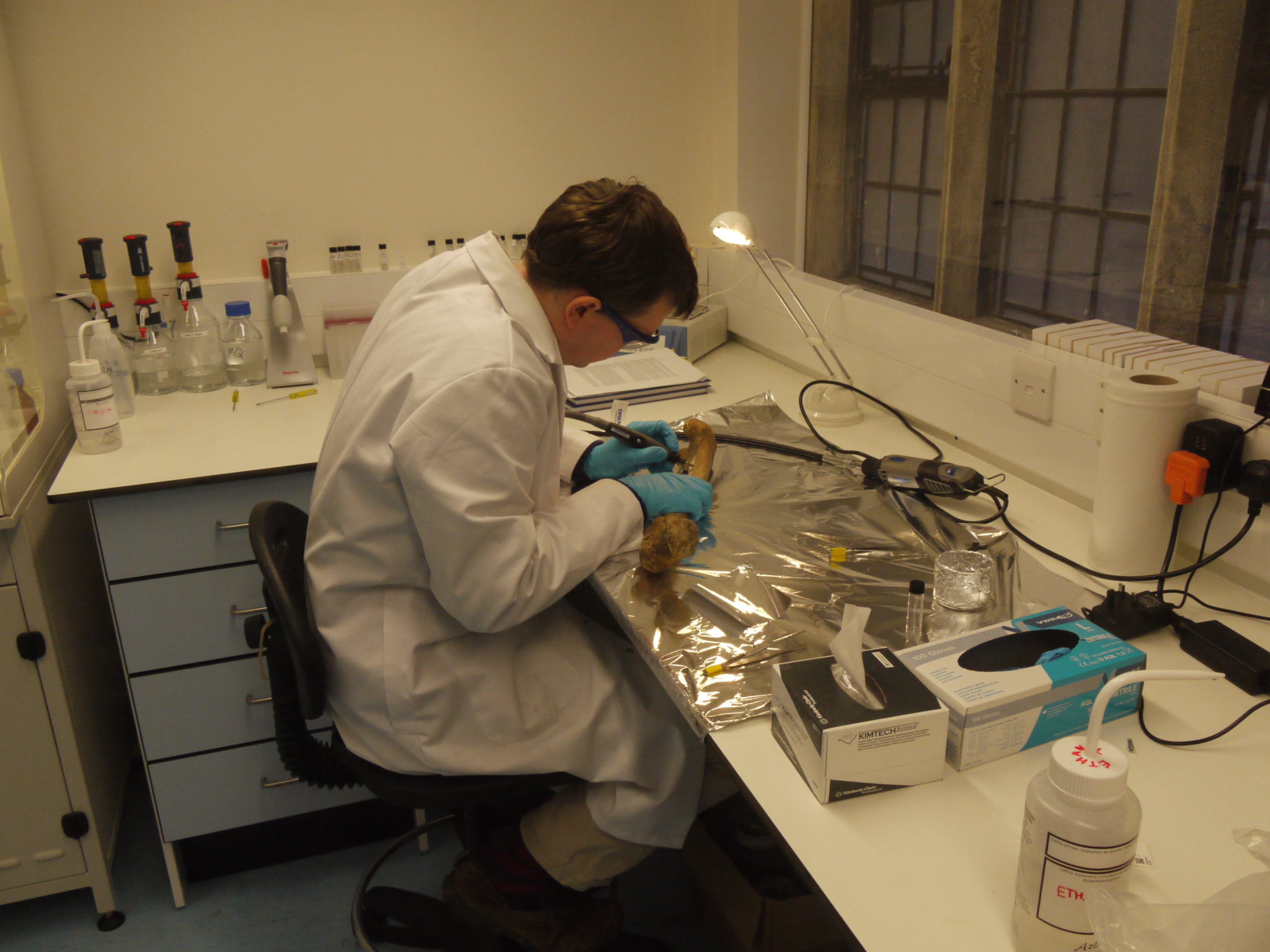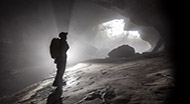
In November 2015, the University of Bristol unveiled the brand new Bristol Radiocarbon Accelerator Mass Spectrometer (BRAMS). This instrument is based on one of the new generation of ultra-compact high-precision AMS instruments and will be used for 14C analysis in environmental, archaeological and palaeoenvironmental research. The term ultra-compact is relative, as the instrument weighs 4.5 metric tonnes, but anyone who has seen similar, older instruments like the one in Oxford University will be amazed at just how compact it is. As Tim Knowles, the Facility Manager, has said “They’ll be taking them into the field, soon!”
Much of the first year after its installation was taken up with testing and calibrating the instrument to ensure that it was working correctly and was giving good results. Such instruments are tested in a number of ways, including against samples of known date and against samples that are so old that they are guaranteed free of Carbon-14. Tim tells me that in testing for use with bone samples, they have been using animal remains (pig ribs) salvaged from the wreck of the Mary Rose, Henry VIII’s flagship which sank on 19th July 1545, a date far more precise than would be obtainable radiometrically. At the other end of the spectrum they use samples of bone, bison and mammoth especially, that are some 70,000 or more years old, far older than the limits of Carbon-14.

Testing is now complete, the instrument is working as it should and the facility is open for business.
The first bone samples that it will be dating for customers are from local caves. These include specimens of human bone from Bone Hole in Cheddar Gorge, from which quite large amounts of bone have been recovered. This material is now in Wells and Mendip Museum and Bristol City Museum and has not been properly studied, despite some specimens having been excavated as early as 1839. Another specimen being dated in this first batch is a human jawbone which was discovered by cavers in the Avon Gorge, in Bristol in 1965 and is now in the City Museum. The dates, when known, are intended to be published in papers in the Proceedings of the UBSS.
Having such a facility available close to a caving region where much archaeological work has been, and is still, carried out will be of immense use to many researchers. For more information about the facility, follow this link.
Correspondent: Graham Mullan
